What Is Sea Moss?
Sea Moss, also known as Irish Moss, is a type of red algae that grows on rocks along the Atlantic coasts of North America, Europe, and the Caribbean. Its scientific name is Chondrus crispus, but in the wellness community, it’s affectionately called Sea Moss and referred to as “nature’s multi-vitamin.” Though it may just now be trending on Instagram and TikTok, Sea Moss has been used for centuries in healing traditions across the globe—especially in African, Caribbean, and Irish cultures.
A Quick Dive Into Sea Moss History
Long before it showed up in smoothies and skincare routines, Sea Moss was a survival staple. Here’s a snapshot of its global roots:
- Ireland (1800s): During the Irish Potato Famine, Sea Moss was used as a cheap source of nutrients when food was scarce—hence the nickname “Irish Moss.”
- Caribbean Islands: In Jamaica, Trinidad, and St. Lucia, Sea Moss has long been prized for its ability to boost energy and enhance male stamina. Caribbean grandmothers often boiled it into tonics or turned it into drinks mixed with linseed, milk, and spices.
- West Africa: While not indigenous, Sea Moss shares many similarities with traditional African sea vegetables used for healing and purification. As diasporic healing practices evolved, Sea Moss became a bridge between African roots and Caribbean healing.
Dr. Sebi’s Legacy: The Sea Moss Revival
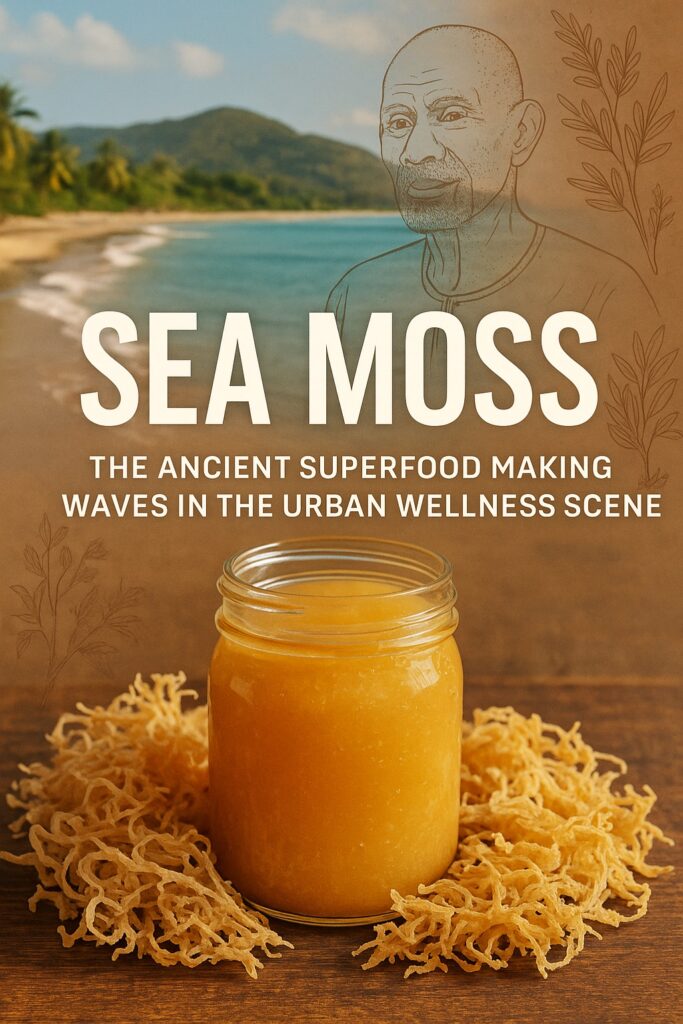
You can’t talk about Sea Moss in modern wellness culture without mentioning Dr. Sebi!
The late herbalist and healer from Honduras helped spark the urban health revolution by preaching the power of plant-based, alkaline living. Central to his teachings was the use of natural, electric foods that nourish the body on a cellular level—and Sea Moss was at the top of his list.
Dr. Sebi believed Sea Moss:
- Provides “cellular food” the body recognizes and easily absorbs.
- Helps cleanse the body of toxins, mucus, and acidic waste.
- Replenishes vital minerals that have been stripped from modern diets due to processed foods.
His influence, particularly in Black and Brown communities, made Sea Moss more than just a supplement—it became a symbol of natural healing, self-empowerment, and cultural reconnection.
Even after his passing (which is still very skeptical if you ask me), celebrities like Nipsey Hussle, Lauren London, Left Eye (Lisa Lopes), Nick Cannon, YG, Kodack Black and 2 Chainz continued to spread his message, helping more people seek out Sea Moss and holistic health options.
Why Urban Communities Are Embracing It Now
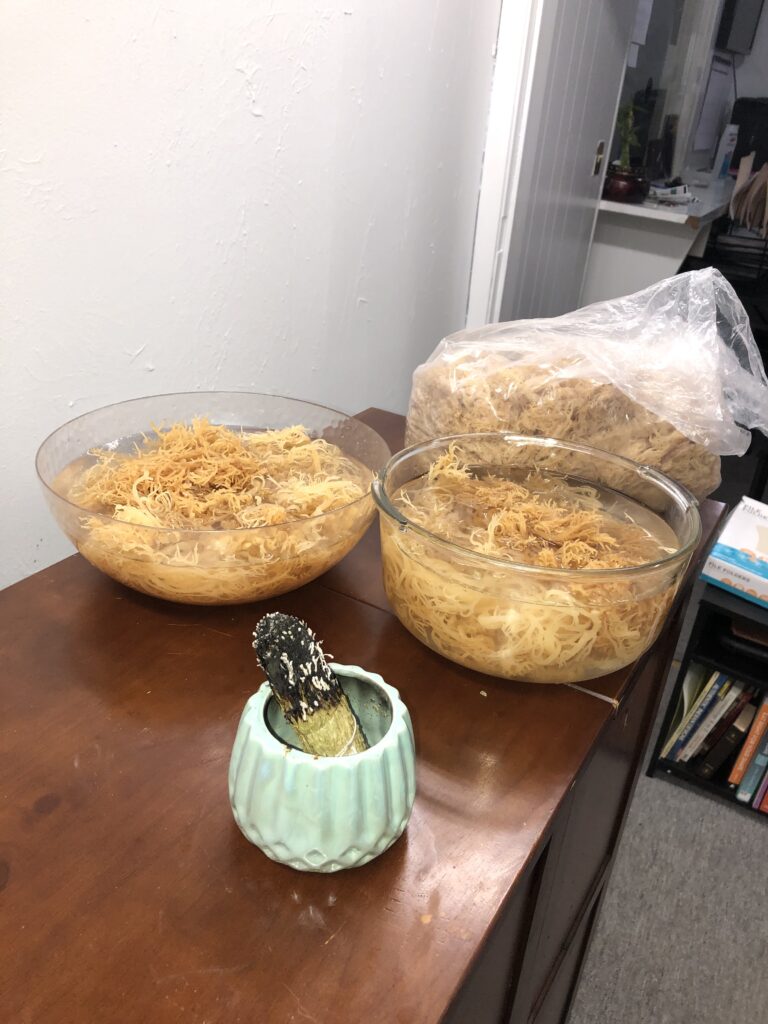
Let’s be real: Black and Brown communities are reclaiming wellness in their own way—by going back to the natural remedies our ancestors trusted. With increased awareness around health disparities, especially after COVID, Sea Moss has surged as a “go-to superfood” for those seeking to take health into their own hands.
Top Benefits of Sea Moss
Sea Moss isn’t just hype—it’s heavy in nutrients. Here’s why so many are adding it to their daily routine:
1. Packed With Minerals
Sea Moss contains 92 of the 102 minerals your body is actually made of and that it needs, including iodine, calcium, potassium, magnesium, zinc, iron, phosphorus, selenium, sulfur, manganese, copper, sodium, boron, chromium, fluoride, nickel and more. That’s more than most multivitamins on the market.
2. Boosts Immunity
Rich in antioxidants and anti-inflammatory compounds, Sea Moss helps strengthen the immune system—perfect for fighting off seasonal colds, the flu and other viruses or supporting recovery from illness.
3. Promotes Gut Health
Sea Moss is a natural prebiotic, meaning it feeds the good bacteria in your gut. A healthy gut equals better digestion, clearer skin, and even improved mental clarity.
4. Supports Thyroid Function
Because it’s a natural source of iodine, Sea Moss can help regulate the thyroid, which plays a major role in metabolism, energy, and mood.
5. Improves Skin & Hair
Many people apply Sea Moss gel directly to their face as a mask to help with acne, eczema, and dryness. It also strengthens hair follicles and promotes healthy growth when added to hair products.
6. Aphrodisiac Energy
In Caribbean culture, Sea Moss has a reputation for enhancing libido and stamina—especially for men. Whether fact or folklore, many swear by it.
7. Helps Detox the Body
Its mucilaginous texture (that gel-like feel) helps pull mucus and toxins from the body, supporting a deeper internal cleanse. Disease cannot live in an alkaline body, and Sea Moss helps your body to get to an alkaline state (an alkaline diet and exercise will expedite that process).
How to Use Sea Moss
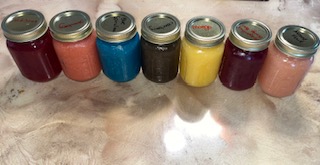
There are different ways to incorporate Sea Moss into your daily life:
- Gel Form: Blend raw Sea Moss with water until it turns into a gel. You can eat it plain by the spoonful or add to smoothies, teas, or soups. (Gel Sea Moss can be infused with fruit and/or herbs, but be mindful that fruit Sea Moss gel is not as potent as regular Sea Moss gel and Sea Moss infused with herbs. If taking fruit Sea Moss, I suggest taking double the recommeded dosage).
- Capsules/Powder: Perfect for on-the-go use.
- Topical Use: Apply the gel to your face or scalp for beauty benefits.
- Infused Drinks: Many juice bars and small Black-owned businesses now offer Sea Moss lemonades, teas, and tonics.
Where to Get It
Support Black-owned businesses that ethically source their Sea Moss—especially from places like St. Lucia, Grenada, Jamaica and even Africa. Be cautious of overly white or bleached Sea Moss, which may be pool-grown and stripped of nutrients.
I also sell authentic Caribbean Sea Moss. My website is under construction, but please email me at earkandyradio@gmail.com to order or if you have any questions.
10 Diseases/ Illnesses Sea Moss May Help Support or Improve (Naturally)
1. Thyroid Disorders (Hypothyroidism or Hyperthyroidism)
Sea Moss is rich in iodine, which is essential for thyroid hormone production. It helps balance metabolism, mood, and energy levels by supporting optimal thyroid function.
2. Anemia (Iron Deficiency)
Sea Moss contains high levels of iron, which is needed to produce healthy red blood cells. It can help increase energy and reduce fatigue caused by low iron levels.
3. Diabetes
The fiber and potassium in Sea Moss help regulate blood sugar and improve insulin sensitivity. It also supports gut health, which plays a role in blood sugar management.
4. Arthritis & Joint Pain
Sea Moss is packed with anti-inflammatory compounds, including omega-3s and sulfur, that can help reduce joint inflammation, ease pain, and improve mobility.
5. High Blood Pressure (Hypertension)
The potassium and magnesium in Sea Moss help relax blood vessels and improve circulation, which can lead to lower blood pressure and reduced risk of heart disease.
6. Digestive Disorders (IBS, constipation, bloating)
Sea Moss is a natural prebiotic that feeds good gut bacteria. Its mucilaginous (gel-like) texture soothes the digestive tract, helps clear waste, and supports a healthy gut lining.
7. Respiratory Illnesses (Asthma, Bronchitis, Sinusitis)
Sea Moss acts as a natural decongestant, helping break down and eliminate mucus from the lungs and sinuses. Its anti-inflammatory properties also help ease breathing issues.
8. Skin Conditions (Eczema, Acne, Psoriasis)
Sea Moss contains sulfur, zinc, and vitamins A, E, and K, which promote skin healing, reduce inflammation, and kill acne-causing bacteria. It’s also used topically as a face mask.
9. Obesity & Metabolic Syndrome
Sea Moss promotes satiety (fullness), helps regulate appetite hormones, and improves gut health—all factors that support healthy weight loss and metabolic balance.
10. Viral Infections & Weak Immunity
Loaded with antioxidants and antiviral properties, Sea Moss boosts the immune system. It contains Vitamin C, selenium, and zinc, which help the body fight off viruses and bacteria.
Important Reminder:
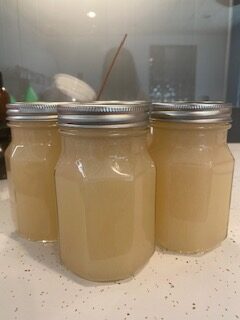
While Sea Moss supports natural healing, it should not replace prescribed medical treatments – especially for chronic conditions. Think of it as a powerful supplement, not a silver bullet.
Commonly asked questions
1. How do I take Sea Moss?
Answer: Most people take it as a gel added to smoothies, teas, applesauce, soups or whatever they can to get it down. Sea Moss is not “nasty” but it does have a consistency that some people don’t like. You can also take it in capsule or powder form, or drink it as part of Sea Moss-infused beverages.
2. How much Sea Moss should I take daily?
Answer: A typical dose is 1–2 tablespoons of Sea Moss gel per day. If using capsules or powder, follow the brand’s dosage guidelines. Start small to see how your body reacts, but I have never seen anybody “over-dose” or take too much Sea Moss. I have some customers who use it as a meal replacement.
3. Is Sea Moss safe during pregnancy or breastfeeding?
Answer: Sea Moss is rich in nutrients beneficial during pregnancy, but due to its iodine content, it’s best to consult with a healthcare provider before using while pregnant or breastfeeding. I actualy have customers who use Sea Moss as their prenatal vitamin
4. What’s the difference between wildcrafted and pool-grown Sea Moss?
Answer: Wildcrafted Sea Moss is harvested from natural ocean environments and is more nutrient-rich. Pool-grown Sea Moss is cultivated in artificial conditions and may lack the full mineral profile. Always go for wildcrafted if possible.
5. Can Sea Moss help with weight loss?
Answer: Yes! Sea Moss can support weight loss by curbing appetite, boosting metabolism, and improving gut health. It’s also low in calories and keeps you feeling full longer.
Answer: When taken in moderation, Sea Moss is safe. Taking too much can lead to excessive iodine intake, which may affect thyroid health. Some people may also experience mild digestive discomfort.
6. How do I store Sea Moss gel?
Answer: Keep it in a sealed glass jar in the refrigerator. It typically lasts 2 to 3 weeks. You can also freeze portions in ice cube trays to make it last longer.
7. Can kids take Sea Moss?
Answer: Yes, kids can benefit from Sea Moss, too! It supports their immune system and development. Use small, age-appropriate doses and consult a pediatrician if you’re unsure.
8. Can I take Sea Moss if I have a seafood allergy?
Answer: Sea Moss is a type of algae, not seafood. It is not classified as shellfish or fish, so most people with seafood allergies can safely consume Sea Moss. However, Sea Moss grows in the ocean so there is risk of cross-contamination with seafood proteins during harvesting (especially if the Sea Moss is not cleaned properly). If your seafood allergy is severe (anaphylactic), I would recommend you start small (take a tiny dose to make sure you don’t have an allergic reaction) and talk to your doctor.
Sea moss isn’t just a trend… it’s a powerful superfood that’s been used for centuries to promote healing and overall wellness. Whether you’re looking to boost your immune system, improve your skin, or get your gut back in balance, adding sea moss to your daily routine could be the natural solution you’ve been searching for. Especially in our communities, where we often face health disparities, taking control of our wellness with nutrient-rich, plant-based options like sea moss is a game-changer. Stay informed, stay consistent, and always listen to your body. Your health is your wealth!
https://www.healthline.com/nutrition/seamoss#what-it-is
https://www.webmd.com/diet/health-benefits-sea-moss
“This article is for informational and educational purposes only. It is not intended to diagnose, treat, or replace professional medical advice.”











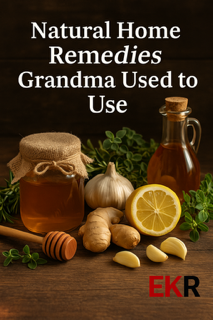




Comments on “Sea Moss is Making a Comeback – Here’s Why Everybody’s Talking About It”